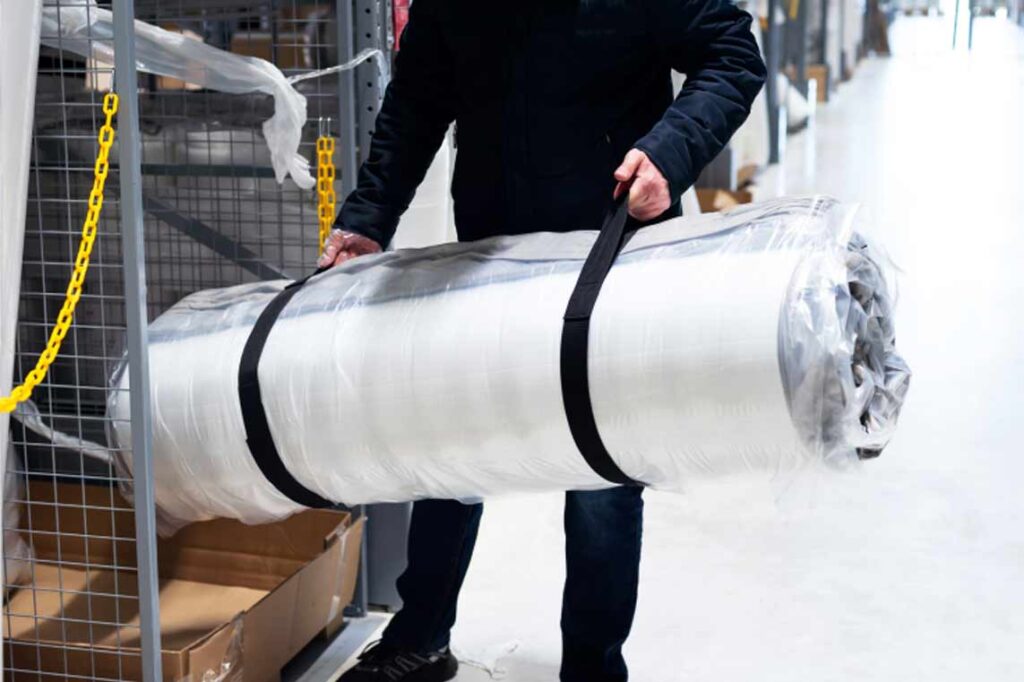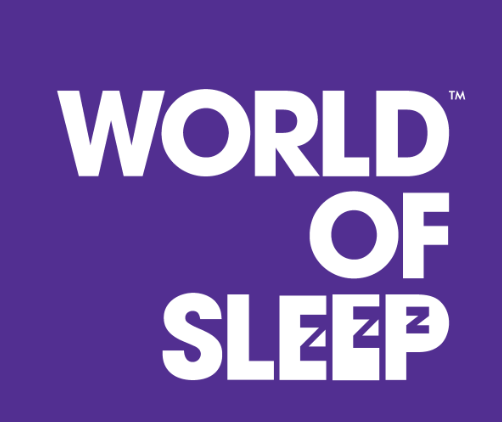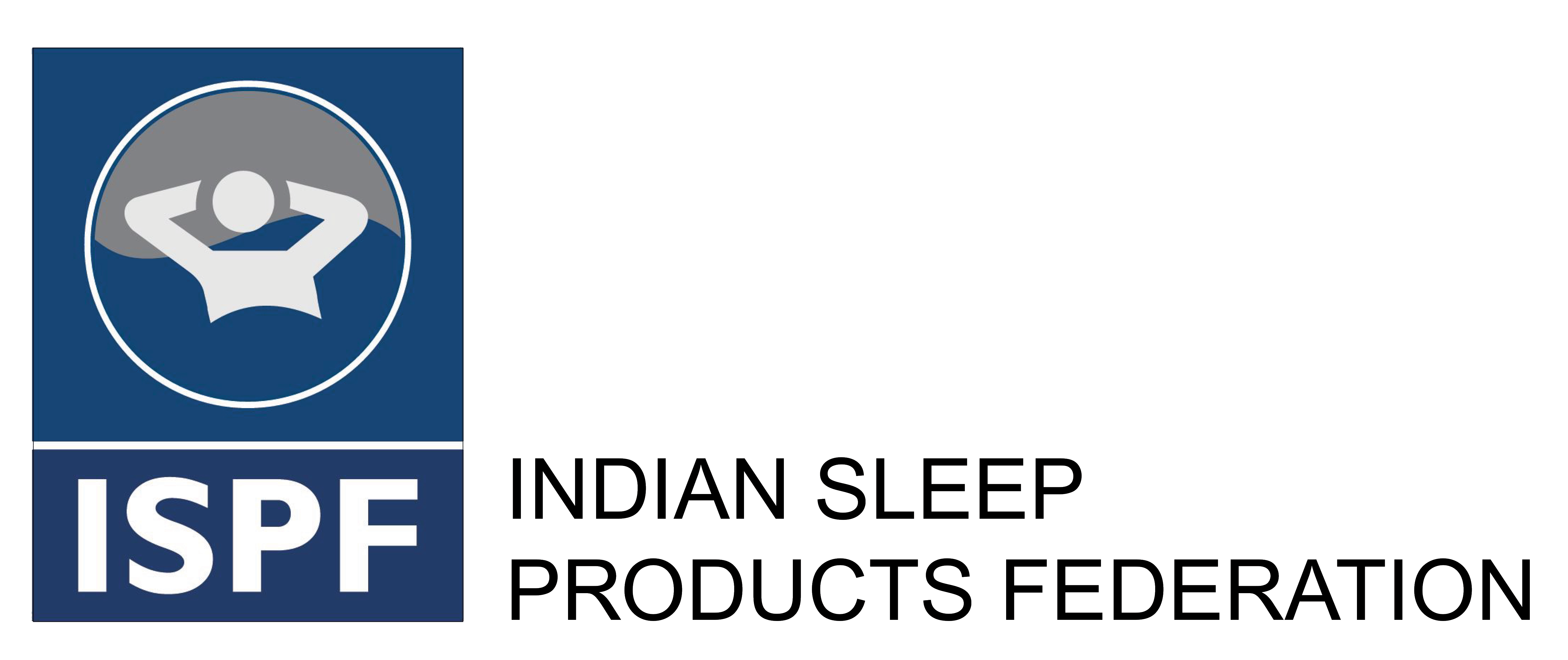Customisation does not stop at getting the right mattress as per your body type and posture or sleep, it goes beyond that and extends to getting the right mattress for your bed frame. While in a fast-changing world of sleep commodities, comfort and aesthetics are a priority, the compatibility between a mattress and its supporting bed frame is also equally important. Yet, this aspect is frequently ignored despite the fact that this factor can directly affect the mattress product longevity, customer satisfaction and brand loyalty.
So, for B2B mattress sellers worldwide and in a competitive market like India, providing guidance on the bed frame compatibility can be seen more than just a service. In fact, it can serve as a sales and retention strategy to reduce returns and promote upselling and can also help the mattress sellers in positioning themselves as a full-service sleep solutions provider.
This article looks at why matching your mattress with the right bed frame is important and what role mattress sellers play in this.
Bed frame : The hidden foundation of mattress performance
Even the most technologically advanced or premium mattress can fail if placed on an incompatible or low-quality base. Sagging, uneven wear or loss of comfort layers are often misattributed to manufacturing defects when, in reality, the culprit is often an incompatible or substandard frame. If we go by the numbers, then 64 per cent of early mattress complaints including sagging and loss of shape are linked to poor or incompatible foundation support. This number is even higher in the mid-range and unorganised segments where consumer education is limited. So, B2B sellers who actively recommend compatible frames for mattresses can reduce return rates and enhance buyer satisfaction across the segments.
Amarinder Singh, Head- Sales, Marketing & Operations, Pyarelal Foams Pvt Ltd and Pyarelal Agro & Exports Pvt Ltd, says, “Choosing the right mattress as per the bed frame is important as otherwise the mattress can get damaged if there is lack of proper bed support. So, mattress sellers need to educate the customers across categories about the different bed frames and the corresponding mattress products. In fact, mattress sellers need to play the role of an educator.”
But, wait! What are these different bed frames that are being talked about? Well, here is a look at these bed frames.
- Adjustable metal bed frames: These are the basic bed frames that do not have any additional support and require box springs. This bed frame style doesn’t come with a headboard or footboard. Innerspring mattresses are best suited for these bed frames.
- Platform bed frame: Platform bed frames have sturdy bases and are commonly found with wood slats, solid wood bases or thick metal bars. For bed frames with solid wood bases, mattresses made with breathable fabric that can keep one cool are a perfect solution. On the other hand, wood slat and metal platform bed frames have open bases that don’t restrict airflow, so hybrid and memory foam mattresses work really well.
- Sleigh bed frame: It is shaped like a sleigh with tall headboards and footboards. So, those mattresses that don’t exceed the footboard’s height should be selected. “This is because if a mattress is taller than the bed’s footboard, it can break up the visual flow,” Singh notes. The base of your sleigh bed can also determine which type of mattress should be used.
- Built-in storage bed frame: Singh says, “When choosing for this frame, sellers need to ensure that customers don’t pick up a mattress that is overly thick as that can make it difficult to open the storage.”
- Bunk beds: While bunk beds don’t need special mattresses, customers should be warned about using excessively thick mattresses that are taller than the top bunk’s safety rails. Likewise, customers should also be told to keep away from overly thick mattresses that could make getting in and out of the lower bunk difficult or put people at risk of bumping their heads.

B2B players in the mattress segment can enhance product performance, reduce operational headaches, and increase the value of every transaction by incorporating frame compatibility into their sales process.
Based on the various bed frames, here is a list of the mattress types that is often suggested by the mattress sellers:
- Requiring solid or closely slatted platform frames, the memory foam mattresses work well with adjustable bases that enhance contouring comfort.
- Latex mattresses perform best on firm platform beds or slatted bases with narrow spacing, ideally less than 3 inches. These mattresses need a stable, non-flexing surface to maintain their natural bounce and structure while also allowing for proper ventilation to prevent moisture buildup.
- Hybrid mattresses, where foam layers are paired with innerspring coils, require solid support from a box spring substitute or a solid wood frame with middle reinforcement. Their weight and layered construction require stable support across the base and robust edge stability.
- Innerspring mattresses are generally compatible with standard slatted frames or traditional box springs. However, minimal flex is preferred and the frame must offer reliable center support to avoid sagging and uneven wear.
- Natural coir or fiber mattresses are best suited to rigid, flat platforms that provide firm, uniform support. However, these mattresses can sag if used on flexible or uneven bases, particularly metal frames with wide gaps.
- Heavy or orthopaedic mattresses including dual-comfort models are best suited with the reinforced frames designed with extra legs and central support structures.
A note on segment-specific frame and mattress needs
Today, many forward-looking B2B mattress sellers are leveraging on bed frame recommendations as part of their core retail strategy. They are specifying as to what could be the best frame and mattress options in the different segments like hotels and resorts require fire-resistant, durable frames that support frequent use and here fire-retardant mattresses can be used.It is believed that any mismatch here between the bed frame and mattress can reduce the mattress life by 40 per cent. Mattress sellers recommend metal or foldable frames for student housing or PGs as these are compatible with budget foam mattresses which are cost-effective and compact. In senior care and wellness segment, orthopaedic mattresses are pitched and they often require zero-flex platforms to maintain posture correction features. Talking about luxury residential segment, adjustable frames are recommended for smart or dual-comfort mattresses.
Key benefits of frame-mattress matching exercise for the mattress industry
If the mattress fits the bed frame rightly, then the life of mattress is positively affected.
- Promotes product longevity: A mattress is an investment that is meant to offer constant comfort and support over a long period of time. Its life, however, can be shortened considerably if it does not have adequate foundational support. Studies show that using the correct bed frame can extend a mattress’s usable life by up to 30 per cent. This is particularly true for premium or orthopaedic designs in which materials such as high-density foam, latex or hybrid coils are designed to last long but this depend significantly on the firm and even distribution of weight.
- Ensures comfort consistency: Modern mattress technologies offer pressure relief, spinal alignment, temperature regulation and bounce. However, if the mattress is placed on an inappropriate, these features are of no use. For example, wide or flexible slats will let the memory foam to sag; disturbing pressure mapping and a poor center support can lead to motion transfer in hybrid designs. So, only with a matching frame, the engineered comfort layers can perform as intended, ensuring that the user experiences the full benefit of the mattress product over the years.
- Leads to warranty compliance: Majority of mattress brands now explicitly state the bases with which their products are compatible in order to ensure warranty protection. Non-compliance can often lead to material breakdown or edge degradation. For B2B buyers like hotels, student housing providers and hospitals, it becomes more of a critical legal as well as operational issue since warranty claims are more common in high-usage situations. So, opting for a certified frame can ensure compliance and protect both the buyer and seller from any future disputes.
Benefits of frame-mattress matching for the mattress sellers
- Increased customer satisfaction: Sunil Borana, Owner, Wonder Sleep Mattress, “A mattress seller that advises the right mattress as per the frame demonstrates superior product knowledge and end-to-end service and this can lead to a higher customer satisfaction.”
- Reduced returns and complaints: Industry data shows that almost 19 per cent of mattress returns is due to comfort issues caused by improper support and not the mattress itself. So, if the mattress is selected rightly as per the bed frame, the issue of mattress return would be sorted and this could substantially reduce the logistics as well as reputational costs for B2B players.
- Unlocking of upselling potential: From a sales standpoint, recommending bed frames can serve as a powerful upselling tool. Further, mattress + frame bundles can help the B2B sellers to increase the average transaction size by 20-30 per cent. Thus, these days, sellers are increasingly curating packages for specific segments.
- Builds trust and loyalty: Customers who view a supplier as a full-service provider are more likely to repurchase from them, particularly in segments like hospitality and institutional housing. Thus, definitely frame-mattress matching can offer a host of benefits to the sellers and increase trust among the various customer categories.

Simply put, in today’s competitive sleep solutions market, mattress sellers who go the extra mile to recommend the right bed frame alongside the mattress not only improve customer outcomes but set themselves apart as trusted advisors in a commoditised space.
The bundling opportunity = Smart business strategy
With the right bundling strategy, sellers can transform a one-time mattress sale into a complete sleep solution, thereby strengthening the brand loyalty and considerable boosting sales in the process and this could be gauged from various examples. Wakefit reported that their mattress + frame bundles accounted for 34 per cent of total sales in 2024, resulting in a 25 per cent increase in the average order value. Another example could be of brands like SleepyCat and The Sleep Company which introduced modular bed frames tailored for their proprietary mattress tech and this resulted in a considerable drop in their return rates.
Industry in 5 Minutes
A word for B2B mattress players
The foundation is as vital as the mattress. Traditionally, bed frame was not given any importance in the entire mattress buying process. However, with greater visibility around mattress maintenance, warranty terms and ergonomics of sleep, the change is coming and bed frame is increasingly being seen as a critical component in the overall sleep system. So, for mattress sellers, offering frame recommendations can no longer be considered as optional, rather it can be seen as the main differentiator. In fact, for the B2B players in the mattress segment, incorporating frame compatibility into their sales process can enhance the mattress product performance, reduce operational headaches and increases the value of every transaction. By aligning sales teams, educating trade partners and bundling intelligently, sellers can transition from being commodity vendors to sleep ecosystem providers. That said, if the mattress and frame work together, mattress suppliers are sure to prosper.
B2B players should adopt the following strategies:
- Train their team to recommend mattress model as per the bed frame
- Offer bundled solutions with margin flexibility
- Use compatibility as a differentiator in after-sales service
- Partner with frame manufacturers to co-brand and cross-sell


